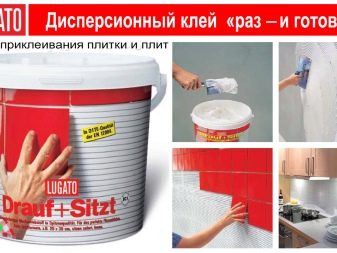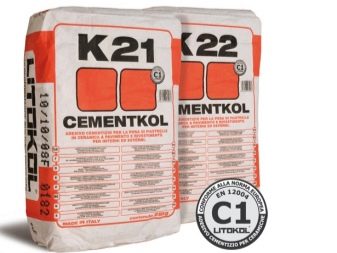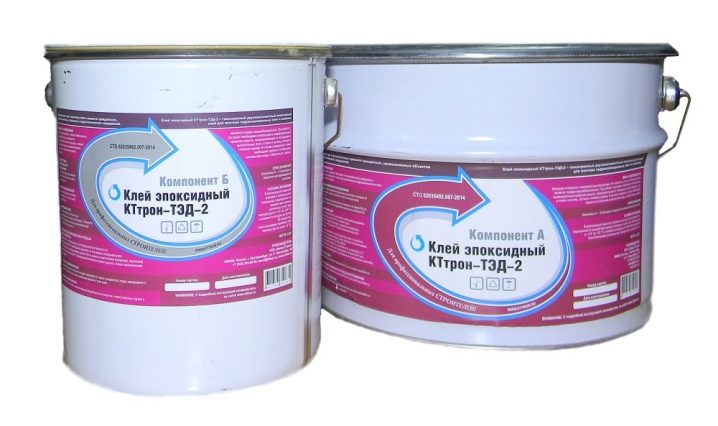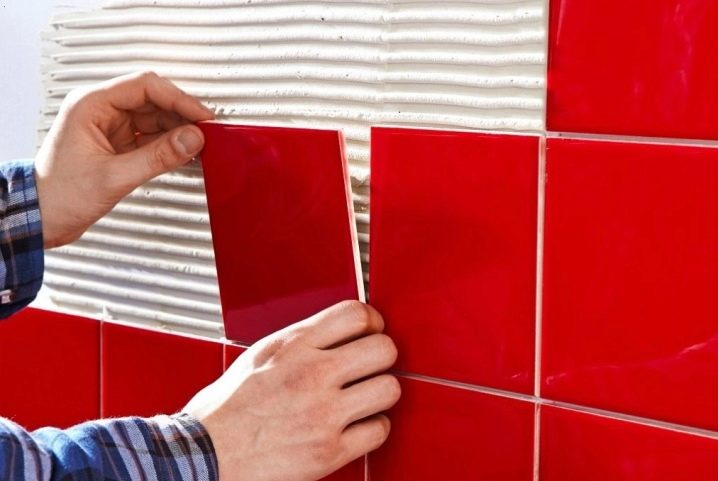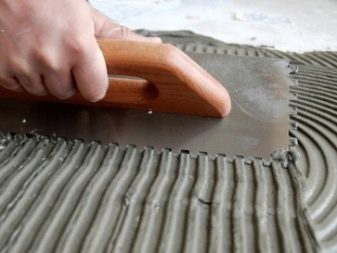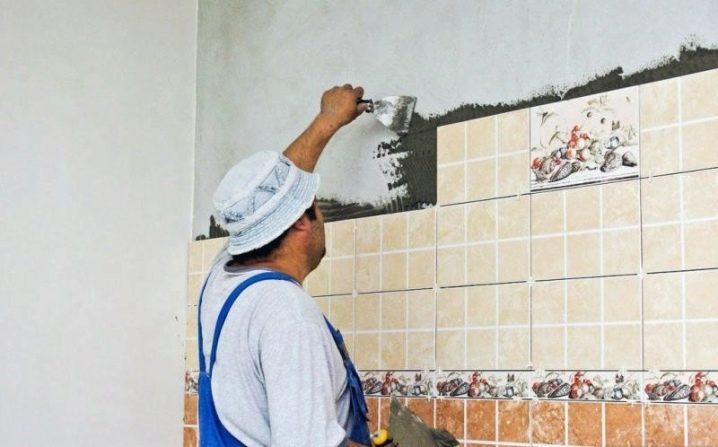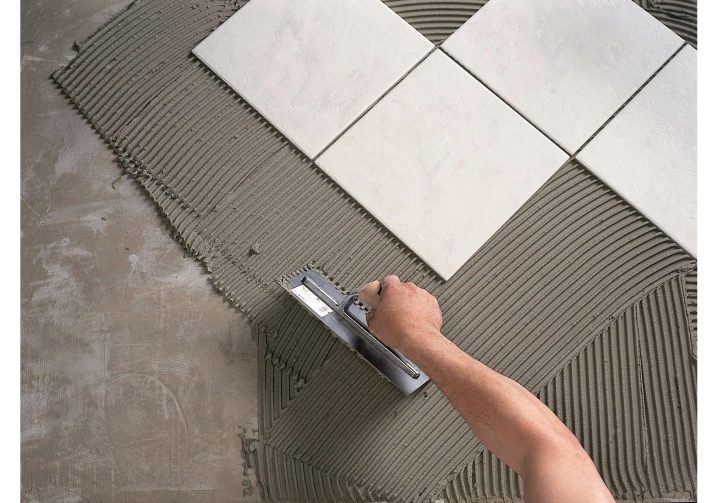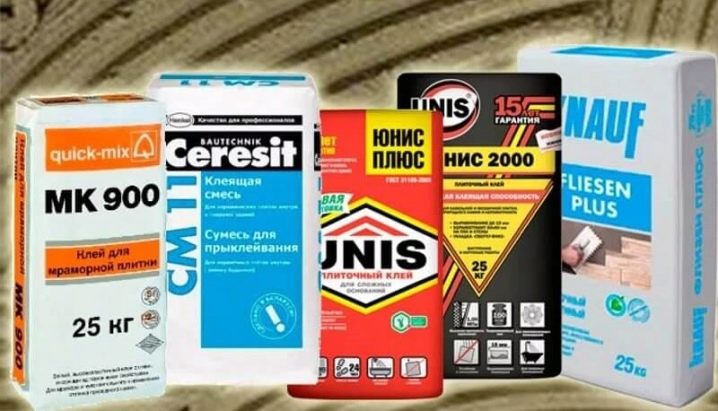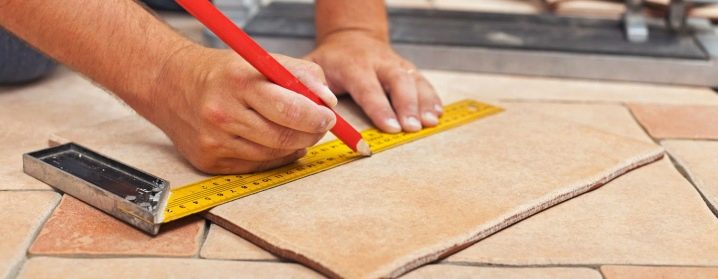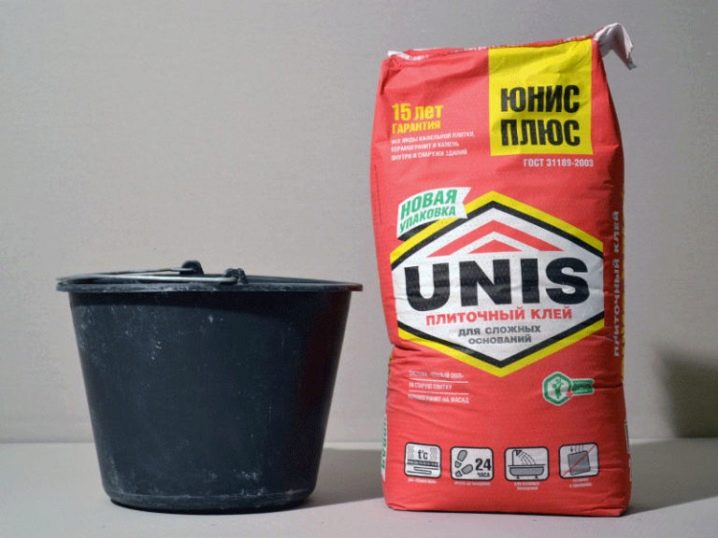Tile glue consumption per 1 m2 of porcelain stoneware: calculation of the required amount
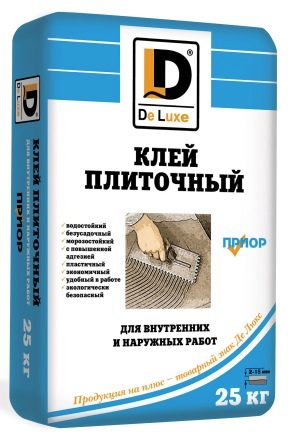
If you decide to install ceramic granite on the floor or walls of the room, then you can not do without glue. It is necessary to understand the calculation of the right amount of all materials, including tile glue. To understand how much such an adhesive is required to process one square of a surface, one must take into account a number of different factors.
Types of adhesives
There are three types of adhesive composition for laying porcelain:
- Cement based. This adhesive must be diluted with water. This option is very popular and most in demand because it is very economical, as well as simple and easy to use. For laying porcelain stoneware of this composition, a minimum of 1 kg is required, a maximum of 1.9 kg per m2 with an adhesive layer thickness of 1 mm.
- Dispersive - it is liquid material, completely ready to use. It is made on the basis of resin.
- Epoxy. In addition to the resin-based adhesive itself, it is necessary to use a special catalyst. The components are mixed immediately before use, and the chemical reaction produces a durable and high-quality glue.
In the second and third options, the material consumption will depend on the specific manufacturer. This information is most often provided on the packaging of the substance.
Sizes of porcelain tile
It should be borne in mind that large tile has a large weight, so the adhesive layer must be thicker.
For example, for ceramic granite with a size of 10x10 cm, a minimum two millimeter layer of this substance based on cement will be required. If the selected tile size 20x30 cm, the minimum thickness of the adhesive layer should be already 3 mm.For large slabs with dimensions greater than 30x30 cm, the norm is at least 4-5 mm.
However, measuring the thickness of the adhesive layer by eye is quite problematic. Therefore, it is best to build on the size of the trowel teeth. For example, for laying ceramic granite 30x30 cm, choose a spatula with teeth of 8 mm.
Varieties of finishing materials
Different types of tiles can be made from different materials. Depending on this product will absorb different amounts of glue.
The smallest amount of glue absorbs porcelain stoneware, so this option is considered the most economical in terms of the consumption of adhesive material.
Another important point is the evenness of the back side of the tile. Sometimes it happens that the surface of the back side of the tile is not perfectly flat. In such situations, you will need to apply an additional layer of glue, which, of course, will increase its consumption.
Also, there are often situations when for obtaining a beautiful design it is necessary to combine tiles of various thickness. In such cases, it is required to compensate for the difference in the thickness of the products using an adhesive layer, therefore, the material consumption will also increase.
Types of foundation
Another important factor that influences the consumption of adhesive when laying tile is the type of surface on which it is being laid.
Different surfaces may have varying degrees of porosity. And the higher it is, the stronger will be the absorption of glue, and the greater will be its costs. For example, the cement surface will absorb more glue than concrete. Drywall is also considered quite porous material.
Manufacturer of adhesives and their composition
Different manufacturers in the manufacture of their products can use a variety of additives that improve their quality and performance. This also affects the density of the substance and its consumption. Therefore, for each specific brand of tile adhesive composition, it is necessary to make an individual calculation of its consumption. This should be done on the basis of information provided by the manufacturer.
Installation conditions and technique
The most optimal temperature conditions for laying tiles is the range from +5 to +40 degrees Celsius. Best of all, if the temperature is from +18 to +24 degrees. This is due to the fact that at high temperatures a large amount of liquid evaporates from the surface of the adhesive layer, and its consumption will increase.If the temperature is below zero, the glue may simply deteriorate.
Many other factors will also be of great importance: the chosen tools - spatulas, the size and shape of the teeth, the laying technique (the tilt angle of the spatula plays an important role), as well as the qualifications of the master who will make the laying.
How to calculate?
In the sale of tile adhesive can be found packaged in kilograms. Therefore, first of all, it will be necessary to decide what amount of material is needed per 1 m2. After that, you can calculate the total consumption of adhesive material for a given area of the room.
Below are the most optimal options for calculating the right amount of tile adhesive:
- If you have already decided exactly which brand of glue you will be buying, you can go to its manufacturer’s website and use a special calculator to calculate. You will need to enter information about the parameters of the tile, the size of the room, choose the type of glue that suits you. As a result, you get the amount of material that will be required for laying tiles in your particular case.
- Approximate calculations can be made using a simple formula: multiply the weight of the adhesive by the thickness of the adhesive layer,which will be necessary for tiles of certain sizes. The resulting value - this is the consumption of glue per square meter. It remains only to multiply this number by the total area of installation - this will be some average material consumption.
- Another very simple, but, unfortunately, the most erroneous and unreliable way: the thickness of the tile in millimeters divided by two and multiplied by the average consumption of glue that you buy.
From the video below you will learn about the glue consumption when laying tiles in the bathroom.

